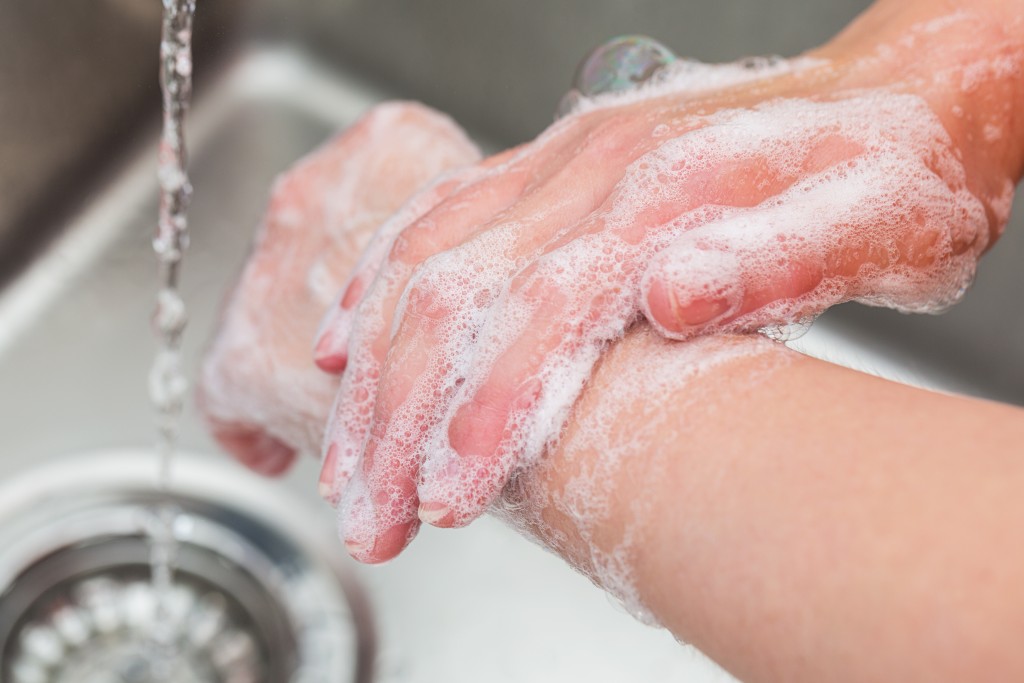Disclaimer: This website provides health information for educational purposes only and is not a substitute for professional medical advice, diagnosis, or treatment. Always seek the guidance of a qualified healthcare provider with any questions you may have.
Thorough aftercare is crucial to the success of the tattoo removal procedure. It will help your body heal faster and make subsequent procedures safer and more effective.
Take these steps below:
Apply cold compress
After every session, elevate the treated area and apply cold compress to reduce discomfort and inflammation.
Be sure to not leave the cold compress in contact with your skin for a long time. Use it only in 20-minute intervals.
Swelling and discomfort in the treated area might fade in just a few days, but this doesn’t mean the skin has finished healing. The full healing process may take at least a week.
Also in your recovery period, you might want to avoid taking hot showers or going to saunas as hot temperatures may increase swelling.
Keep the treated area clean
Each day, clean the treated area with cold water and pat it dry. Use a patting action instead of rubbing it, as rubbing can irritate the skin.
Also, antibiotic ointments can be applied for burst blisters. But make sure you have consulted your trusted aesthetic doctor first before using them.
Boost your immune system
Upping your immune system will allow your skin to heal faster.
Drink lots of water. Keeping your body hydrated is crucial to maintaining a strong immune system. Water flushes out toxins, which is important in preventing infections. Likewise, incorporate the following ‘superfoods’ in your diet:
- Kiwi, oranges and red bell peppers are high in vitamin C.
- Leafy vegetables like broccoli, spinach and kale are great sources of vitamins A, E and C and other minerals.
- Oats are high in vitamin B.
- Nuts like almonds, hazelnuts, peanuts and walnuts are rich in zinc.
Do not pick scabs or pop blisters
Blisters and scabs are natural side effects of the healing process. It may be tempting to pop them but you should avoid this.
Opening the wound will not only increase the risk of infection but it will also prolong the healing process.
Just allow the scabs and blisters to fall off on their own.
Wear sunscreen

You would also need to keep the treated area out of the sun as much as possible.
Sunburns may force you to postpone your next session until the burns heal. And delaying treatments will make it longer to see the results.
When you go out of your house, make sure your skin is covered with adequate sunscreen. An SPF 30+ sunscreen is recommended.
Wearing long sleeves or wrapping the treated area with bandages can also help.
Take a break from smoking, avoid necessary stress
Smoking can reduce the chances of success. Laser tattoo removal works by breaking up the tattoo dye from the skin, releasing it into the bloodstream to be flushed out. Smoking slows down this process.
Unnecessary stress can also regress healing. In your recovery stage, treat yourself to great relaxation techniques like long walks or massages.
Remember that your post-treatment efforts are as important as the tattoo removal process itself.
Keep your immune system strong, protect your skin against harsh sunlight and avoid popping scabs and blisters. Failing that, you’ll only be prolonging your healing process.




